初中英语公开课课件内容汇编
- 格式:doc
- 大小:31.50 KB
- 文档页数:6
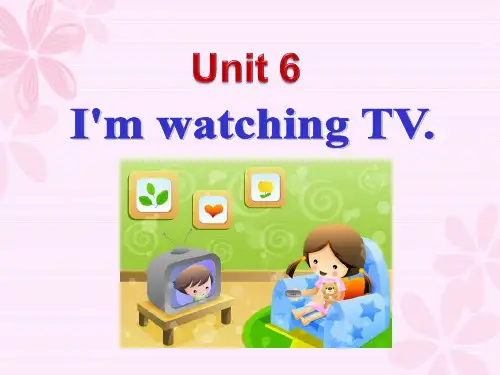
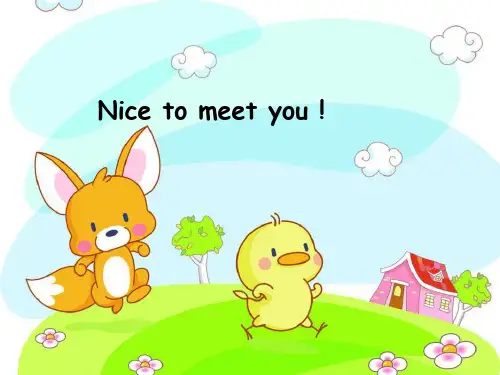

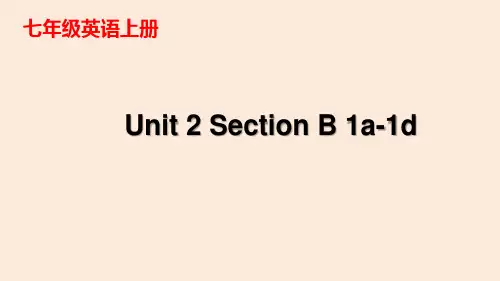
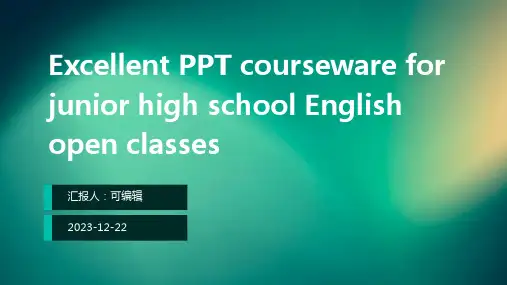
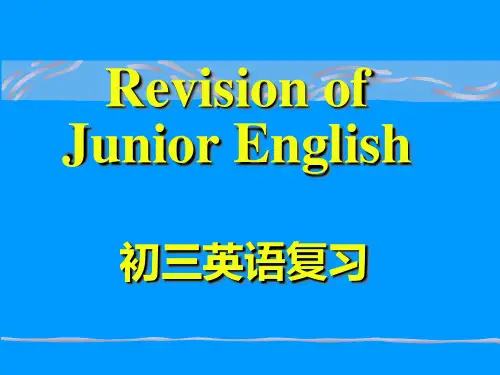
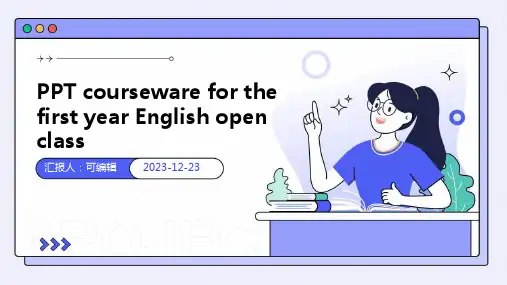
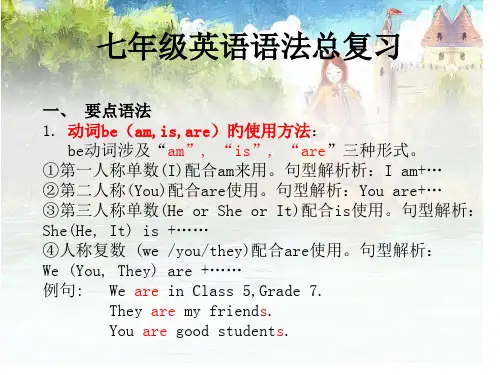

初中英语优秀ppt课件内容初中英语优秀ppt课件内容教学目标:1、语言目标(Language skills)巩固和强化上节课的知识:“can I have ?Yes, you can./ No, you can’t.能在图片的提示下听懂、认读、说出新单词:computer game、jipsaw puzzel、careful、fix,并懂得其意。
学会表达某人拥有某物的功能句型“I’ve got 。
He’s got。
She’s got。
It’s got。
”来进行交流。
2、技能目标(Objectives of skills)学会运用have got 表述拥有某物3、情感目标(Objectives of emotion and attitude)让学生通过自由对话交流自己拥有的东西,达到让其开口说英语的目的,从而激发他们学习英语的兴趣及运用英语交流的热情。
重点难点:能正确拼读新单词:computer game、jipsaw puzzel、careful、fix; 理解本课句型:I have got。
并能够运用此句型和别人交流自己拥有的东西。
教学过程:Step1、Warming up:Greeting. T: Hello, boys and girls!S: Hello, teacher!T: How are you, today?S: Fine, thank you.T:What’s the weather like today?S:It’s sunny day.设计意图:以简单轻松的问候进入一个比较愉悦的课堂教学。
Step 2、Lead-in:老师指自己的物品,如课本、衣服等问。
T:what’s this ? S:This is a book;This is a coat.T:This is my book. I’ve got a book. This is my coat. I’ve got a coat. (板书并做动作让学生理解意思I’ve got )让学生运用I’ve got——像老师一样描述自己拥有的东西。
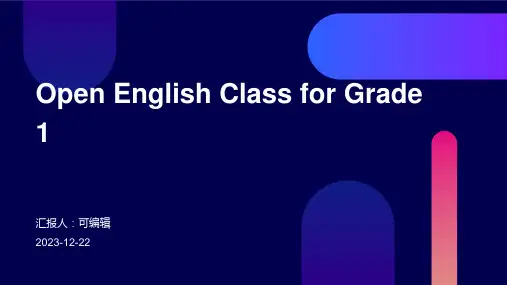
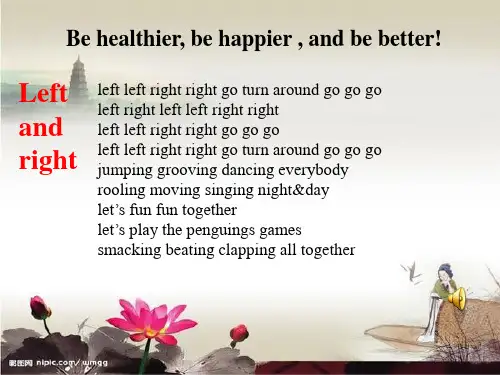
初中英语优秀课件内容课件一、教学内容本节课我们将在人教版初中英语教材七年级下册的第四章“Food and Lifestyle”中深入探讨。
详细内容包括:1. Section A:了解各种食物的英文名称,学习如何表达对食物的喜好和饮食习惯。
2. Section B:学习健康饮食的重要性,讨论如何保持健康的饮食习惯。
二、教学目标1. 能够熟练掌握与食物和饮食习惯相关的词汇和表达方式。
2. 能够运用一般现在时描述自己的饮食习惯,并表达对健康饮食的看法。
3. 提高学生的跨文化交际意识,了解不同国家的饮食习惯。
三、教学难点与重点1. 教学难点:一般现在时的运用,食物和饮食习惯相关词汇的掌握。
2. 教学重点:培养学生在实际情境中运用英语进行交流的能力。
四、教具与学具准备1. 教具:PPT课件、黑板、实物模型。
2. 学具:英语课本、练习本、彩色笔。
五、教学过程1. 导入:通过展示一组关于世界各国美食的图片,引发学生对食物的兴趣,进而导入本节课的话题。
2. 新课内容展示:a. 播放Section A的听力材料,让学生了解各种食物的英文名称。
b. 学生跟随录音模仿发音,学习食物相关词汇。
c. 引导学生用一般现在时描述自己的饮食习惯。
3. 例题讲解:a. 出示例题,讲解一般现在时的用法。
b. 让学生根据例题进行口头练习,巩固语法知识。
4. 随堂练习:a. 学生两人一组,进行对话练习,模拟在餐馆点餐的情境。
b. 教师挑选几组学生进行展示,给予评价和指导。
六、板书设计1. 黑板左侧:列出本节课的食物相关词汇。
2. 黑板右侧:展示一般现在时的语法结构和例句。
七、作业设计1. 作业题目:根据本节课所学内容,写一篇关于自己饮食习惯的短文。
2. 答案示例:I have a healthy eating habit. I usually have breakfast at 7:00 a.m. My favorite food is apple. I have lunch at school. I like to eat rice, fish and vegetables. In the evening, I have a light dinner. I think it's important to have a balanced diet and exercise regularly.八、课后反思及拓展延伸1. 课后反思:本节课学生对食物相关词汇的掌握较好,但在一般现在时的运用上仍需加强练习。
初中英语公开课课件内容
导语:初中英语公开课课件内容有哪些呢?以下是小编为大家整理的文章,欢迎阅读!希望对大家有所帮助!
一、教学内容:
Unit4 How do you get to school?
二、教学目标:
1、知识目标:单词:subway take the subway train ride
a bike walk 等。
2、语言目标:how引导的特殊问句;肯定句与否定句。
听:能听懂谈话出行的方式。
说:能表达自己想到达目的的出行方式。
读:能正确朗读本单元的对话和句型。
写:能写本单元的单词和句型。
3、学习策略:注意通过语言语调的表达来推测词义,也可借手势动作和表情来完成。
(主动参与学习,善于和他人合作交流)。
4、情感目标:学会在交流活动中尊重和理解别人,学会交换不同的看法,了解他人的生活习惯,增进情谊。
5、德育目标:在歌曲和游戏中习他人积极、乐观、努力进取的团队合作精神。
6、多元智能:人际交往逻辑表达个性呈现
7、文化意识:了解英、美国家中小学生上学的方式,培养世界意识。
了解中西文化的差异。
三、教学重点、难点:
1. how /how far /howlong 引导的特殊疑问句.
2. 乘坐交通工具的表示方法.
3. It takes /willtake/took sb. some time to do sth.
四、课前准备:
cards and atape-recorder .
五、教学运用:情景交际法、游戏法等。
六、教学手段:多媒体演示、flash动画、ppt演示、歌曲游戏及肢体语言的应用。
七、教学过程:
Step 1.Warming up.
Greatthe class as usual.
Talkabout the weather .
T:How’s the weather today?
T:How was the weatherlike yesterday? ……
pointstudent A say
“ Hello! Listen to me ok ?.I willsing a song to you .But you must …”.(用手指作安静动作)
Listening to a song
歌曲欣赏,创造轻松愉快的学习气氛, 激发学生的好奇心,为学习新课打下伏笔。
Step 2 、Games
用肢体语言表达让学生猜测意思,完成交通工具词汇的预知。
Step 3、Play
多媒体技术呈现以上预知的词汇导入新句型how do you get to ….?的学习。
Askstudents to try to read these words:bike train subway car boat .and correct the wrong pronunciation of these words.Then do a words game .(比记忆力)。
Step 4、Listening.
过渡到Section A 1a 1b的学习,并逐步完成课文1b的填空。
Usingthe picture on the screen. Ask students some questions about the picture.
T: What can you see in the picture?
T: How many people are there in the picture?
T: What are they doing?
Afterthis, play the recording for two times, ask students to finish Activity 1b andwrite down the phrases of the transports.
takesthe train, takes the subway, takes the bus
Thenask students to repeat the conversation and check the answers together.
Theteacher give the correct answers on the screen.
(通过听说使学生领悟如何表达使用交通工具)。
Step 5、Structures(操练词汇及句型)
a、Show the pictures tostudents and read these phrases , ask students to repeat.
b、show the pictures tothem and ask them to say each phrase one by one.
c、Then show thepictures to students and ask students to answer the question “How do you go to school?” one by one.
d、Then do anotherexercise.
Thefirst student say “I go to school by ……or I take……to school.”.
Thenthe second student say “He/She goes to school by……or He/She takes……to school.”
(完成第三人称的转换,目的是从“句子接龙”中让学生达到听与说的结合。
)
Step 6、Pairwork
Asktwo students to read the dialogue about 1a.
Thenask students to work in pairs. Ask and answer how students get to school in thepicture.
Asthey work, move around the room, offering language
or pronunciation support asneeded.
Finallyask some pairs of students to present their conversations to the class.
(通过情景对话让学生更好的掌握所学的句型。
)
Step 7:Exercises
1.( ) do you get to school?
Itake the bus.
A.Why
B. How
C. When
D. Where
2.How ( ) Dave ( ) to school yester day?
A.does; get
B. did; got
C. does; got
D. did; get
3.She goes to the library ( ).
A.walk
B. on foot
C. by foot
D. in foot
4.How ( ) Tom and Marry ( ) home?
A.do; get to
B. does; get to
C. do; get
D. does; get
(通过练习巩固所学内容,特别是练习3强调了步行用“on foot”练习4强调了地点副词“home”前不用介词“to”) Step 8 :Homework:
Writedown your own conversations in pairwork.
Interviewten students how they get to someplace, make
a list.
八、板书设计:
Unit4How do you go to school?
Howdo you go to school?
takesthe train takes the bus
takesthe subway walk
I go to school by…….
九、教学反思:
1)基本按照新课标的要求让学生成为课堂的主体,遵循学习认知规律,通过设疑、提问、启发、诱导、游戏、多媒体动画等方法,调动学生积极性,使整个教学呈现轻松的发展过程。
2)多媒体教学使课堂生动活泼,增加了教学容量,使老师更好的利用和节省时间。
3)随堂的几道习题帮助学生更好的掌握了所学。
4)多设计一些合适的活动吸取他人经验改进自己的教学方法,这节课一定会取得更好的效果。